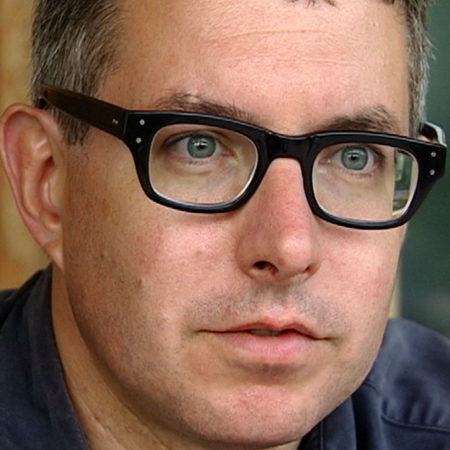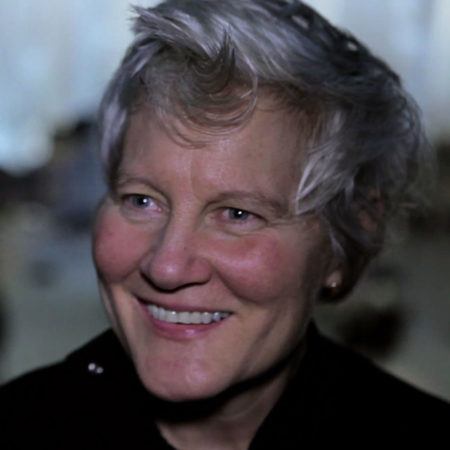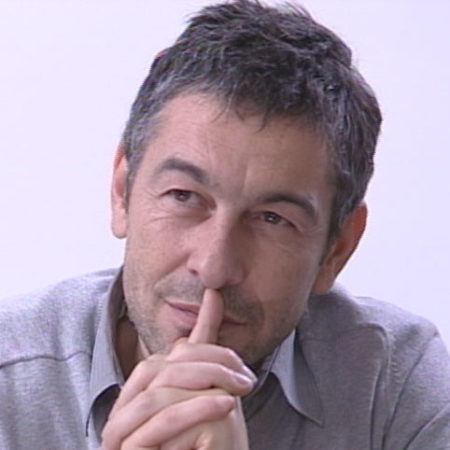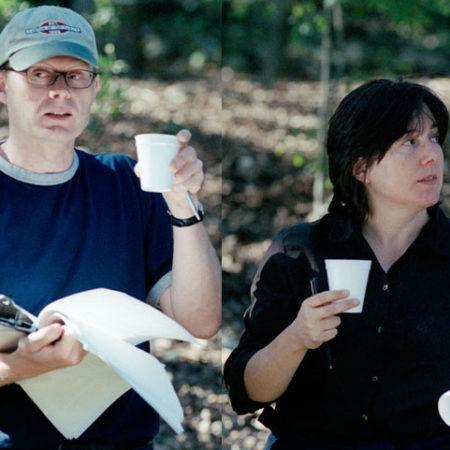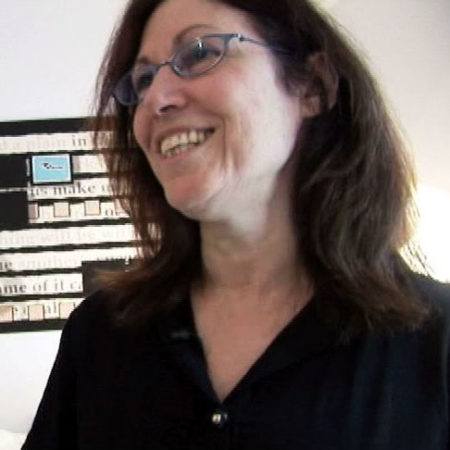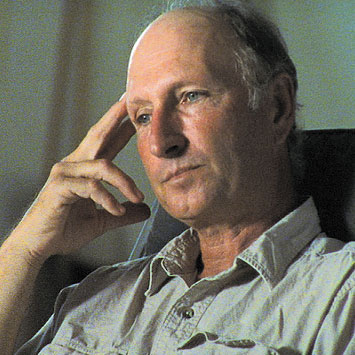Results 150–160 of 387
Ida Applebroog
Ida Applebroog has been making pointed social commentary in the form of beguiling comic-like images for nearly half a century. Anonymous “everyman” figures, anthropomorphized animals, and half-human/half-creature characters are featured players in the uncanny theater of her work. Applebroog propels her paintings and drawings into the realm of installation by arranging and stacking canvases in space, exploding the frame-by-frame logic of comic book and film narrative into three-dimensional environments. Strong themes in her work include gender and sexual identity, power struggles both political and personal, and the pernicious role of mass media in desensitizing the public to violence.
Mark Dion
Mark Dion’s work examines the ways in which dominant ideologies and public institutions shape our understanding of history, knowledge, and the natural world. Appropriating archaeological and other scientific methods of collecting, ordering, and exhibiting objects, Dion creates works that question the distinctions between “objective” (“rational”) scientific methods and “subjective” (“irrational”) influences. By locating the roots of environmental politics and public policy in the construction of knowledge about nature, Mark Dion questions the authoritative role of the scientific voice in contemporary society.
Ann Hamilton
Ann Hamilton’s sensual installations often combine evocative soundtracks with cloth, filmed footage, organic material, and objects such as tables. She is as interested in verbal and written language as she is in the visual, and sees the two as related and interchangeable. In recent work, she has experimented with exchanging one sense organ for another: the mouth and fingers, for example, become like an eye, with the addition of miniature pinhole cameras.
Roni Horn
Roni Horn explores the mutable nature of art through sculptures, works on paper, photography, and books. She describes drawing as the key activity in all her work, “because drawing is about composing relationships.” Horn’s drawings concentrate on the materiality of the objects depicted. Horn crafts complex relationships between the viewer and her work by installing a single piece on opposing walls, in adjoining rooms, or throughout a series of buildings. Horn’s work also embodies the cyclical relationship between humankind and nature—a mirror-like relationship in which we attempt to remake nature in our own image.
Pierre Huyghe
Employing folly, leisure, adventure, and celebration in creating art, Pierre Huyghe’s films, installations, and public events range from a small-town parade to a puppet theater, from a model amusement park to an expedition to Antarctica. By filming staged scenarios, Huyghe probes the capacity of cinema to distort and ultimately shape memory. While blurring the traditional distinction between fiction and reality—and revealing the experience of fiction to be as palpable as anything in daily life—Huyghe’s playful work often addresses complex social topics, such as the yearning for utopia, the lure of spectacle in mass media, and the impact of Modernism on contemporary values and belief systems.
Hubbard/Birchler
Teresa Hubbard and Alexander Birchler live and work in Austin, Texas, as life partners and artist-collaborators. Together they make short films and photographs about the construction of narrative time and space, without the context of a traditional story line; their open-ended, enigmatic narratives elicit multiple readings. They began their collaboration in the mid-1990s, making sculpture, installation, photography, and performance-based work. Their interest in the construction and negotiation of space, architecture, and the function of objects in three dimensions plays a primary role in their work. Their productions reveal a strong sense of carefully constructed mise-en-scène that owes as much to natural-history-museum dioramas as to cinematic directorial techniques.
Beryl Korot
Beryl Korot was born in 1945 in New York City. An early video-art pioneer, Korot explores how information has been encoded and transmitted through systems of lines and grids: the lines of a tapestry that are built by a loom, the lines of words that comprise a written text, and the scanned lines of information that create an image on a video screen. She applies these linear structures to her multichannel video installations, detailed schematic drawings, paintings, and weavings to create works that visualize the intersections of memory and history, language and thought, and technology and labor.
Barbara Kruger
Barbara Kruger was born in 1945 in Newark, New Jersey, and currently lives in New York and Los Angeles. She attended Syracuse University’s School of Visual Arts in 1964 and studied art and design at Parsons School of Design in New York in 1965. Kruger began her career as a graphic designer and picture editor at Conde Nast Publications, an experience that greatly impacted her artistic practice. Using the visual tropes, language, and design aesthetics of commercial advertising and magazines, the artist creates images and installations that reflect and critique the ways in which mass-media culture influences our beliefs at a societal and individual level.
Bruce Nauman
Bruce Nauman has been recognized since the early 1970s as one of the most innovative and provocative of America’s contemporary artists. Nauman finds inspiration in the activities, speech, and materials of everyday life. Working in the diverse mediums of sculpture, video, film, printmaking, performance, and installation, Nauman concentrates less on the development of a characteristic style and more on the way in which a process or activity can transform or become a work of art. A survey of his diverse output demonstrates the alternately political, prosaic, spiritual, and crass methods by which Nauman examines life in all its gory details, mapping the human arc between life and death.


